
The Telescope reveals details of young protostars, like L1527, and their environments, helping to understand star formation, magnetic fields, and the possible contribution of organic compounds to life.

He studied physics at the Faculty of Sciences of the UNAM and later the postgraduate degree in astrophysics at the Institute of Astronomy also of the UNAM, where he obtained the degree of Master of Science. The last degree he obtained was a doctoral candidate in astrophysics.
Since 2009 he has participated in outreach work within the framework of “Noche de las Estrellas” (Stars Night) and in 2013 he founded the “Astrofísicos en Acción” (Astrophysics in Action) company, a company for the public appropriation of science, where multimedia content is generated on social networks as well as scientific consulting. He had the opportunity to help write a Federal Law initiative for the protection of dark skies. He has participated by writing some articles for various blogs such as “Planeteando”.
He currently collaborates, writing science segments for Radio IPN in its "Ciencia en Corto” (Short Science) section.
He also runs a non-profit astronomy project called Astrofisicos.org that shares activities from astronomy groups and shares topics related to astronomy education.

The Telescope reveals details of young protostars, like L1527, and their environments, helping to understand star formation, magnetic fields, and the possible contribution of organic compounds to life.

International Asteroid Day is celebrated every year on 30 June. This date was set by the United Nations General Assembly to commemorate the anniversary of the impact of Tunguska.
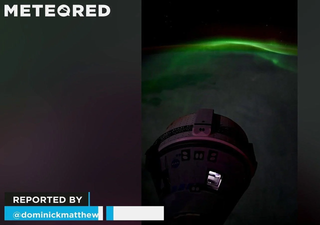
A new image and incredible timelapse show an aurora filling the view as the Starliner astronauts performed a crucial flight test in space.
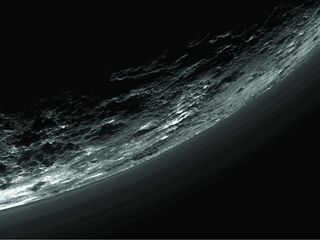
On July 14, 2015, the New Horizons spacecraft made a historic flight over Pluto, the space probe approached the mysterious dwarf planet like never before. What secrets did he reveal? Find out here!
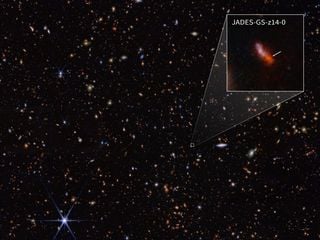
Using the James Webb Space Telescope (JWST), scientists have discovered an unprecedented pair of galaxies observed just 300 million years after the Big Bang.
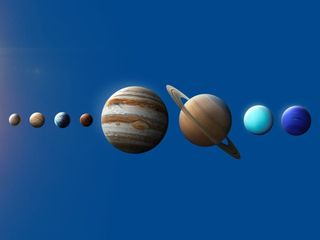
Six of the planets in the Solar System are about to align to show us a privileged and rare view from our small planet.
Currently under construction at the Stanford Linear Accelerator Center (SLAC). He will explore cosmic mysteries as part of a new Study of Space and Time at the Vera C Observatory. Rubin.

The Sombrero galaxy is a lenticular galaxy with a large and bright core with an unusual central bulge while a band of dust stands out on its disc.
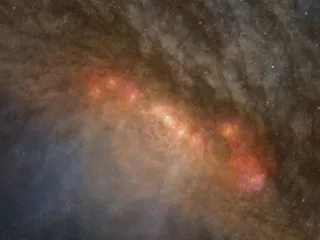
Imagine that you are looking at a cosmic factory where stars are created at an impressive speed. This factory is called NGC 253, and it is a galaxy not far from ours that is creating stars at an unparalleled pace.
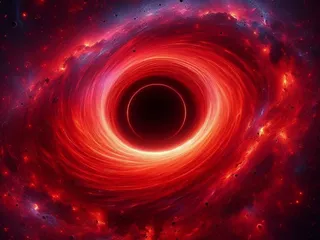
Thanks to observations by James Webb, this cosmic monster could be found growing in the shadows of the primitive Universe. His redshift helped determine the distance.

Bezos' plan for the first private space station has just surpassed four key milestones requested by NASA to ensure the vital conditions of future astronauts and visitors.
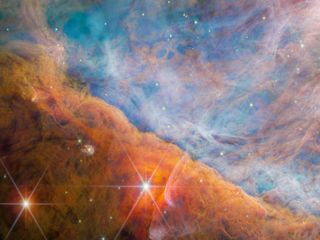
Recent research delves into the impact of ultraviolet radiation emitted by massive stars on the formation of planets within protoplanetary disks.

They discover a gigantic structure that extends across 9,000 light years in our Milky Way, located just 500 light years from the Sun.